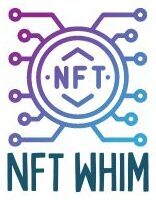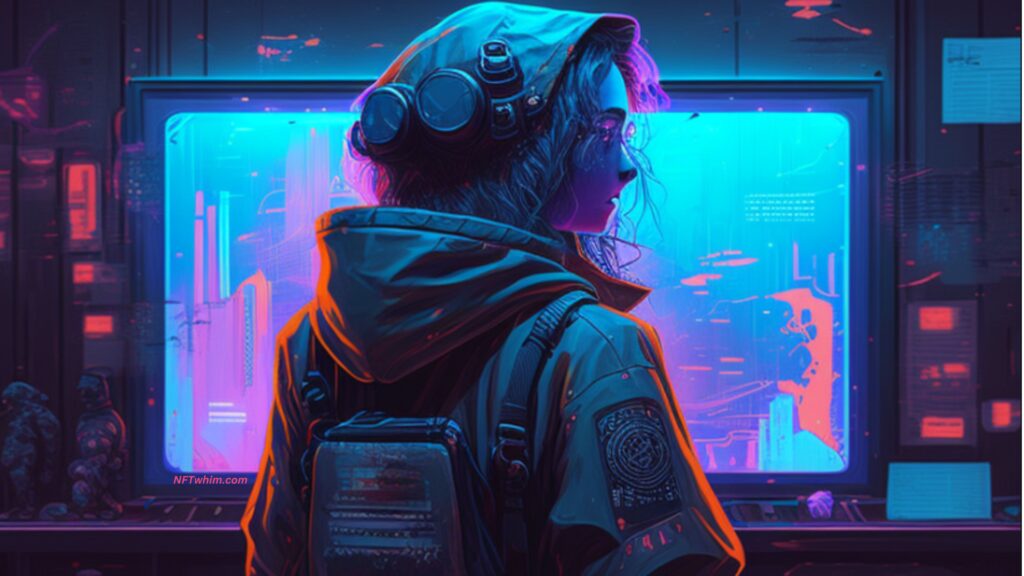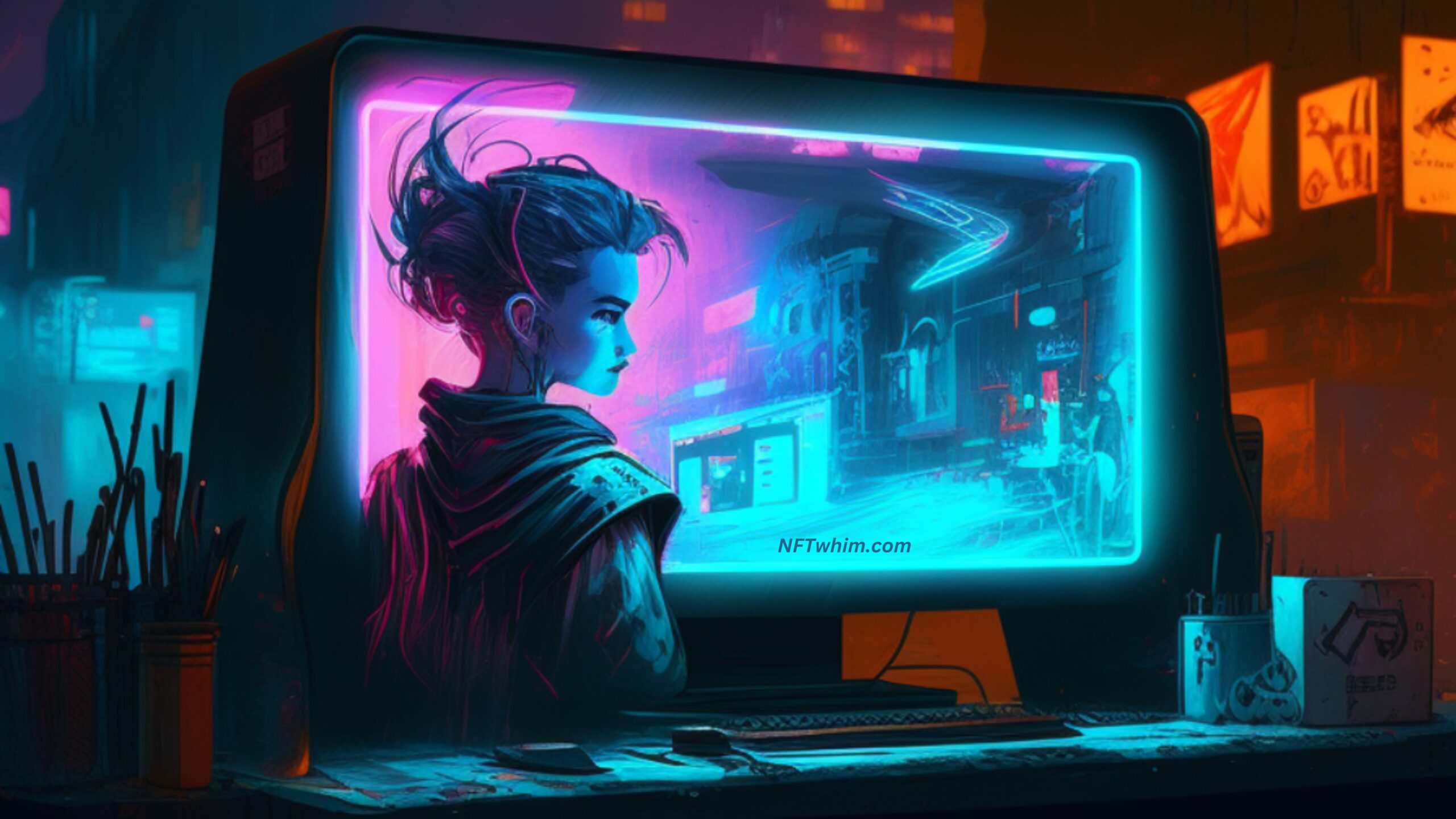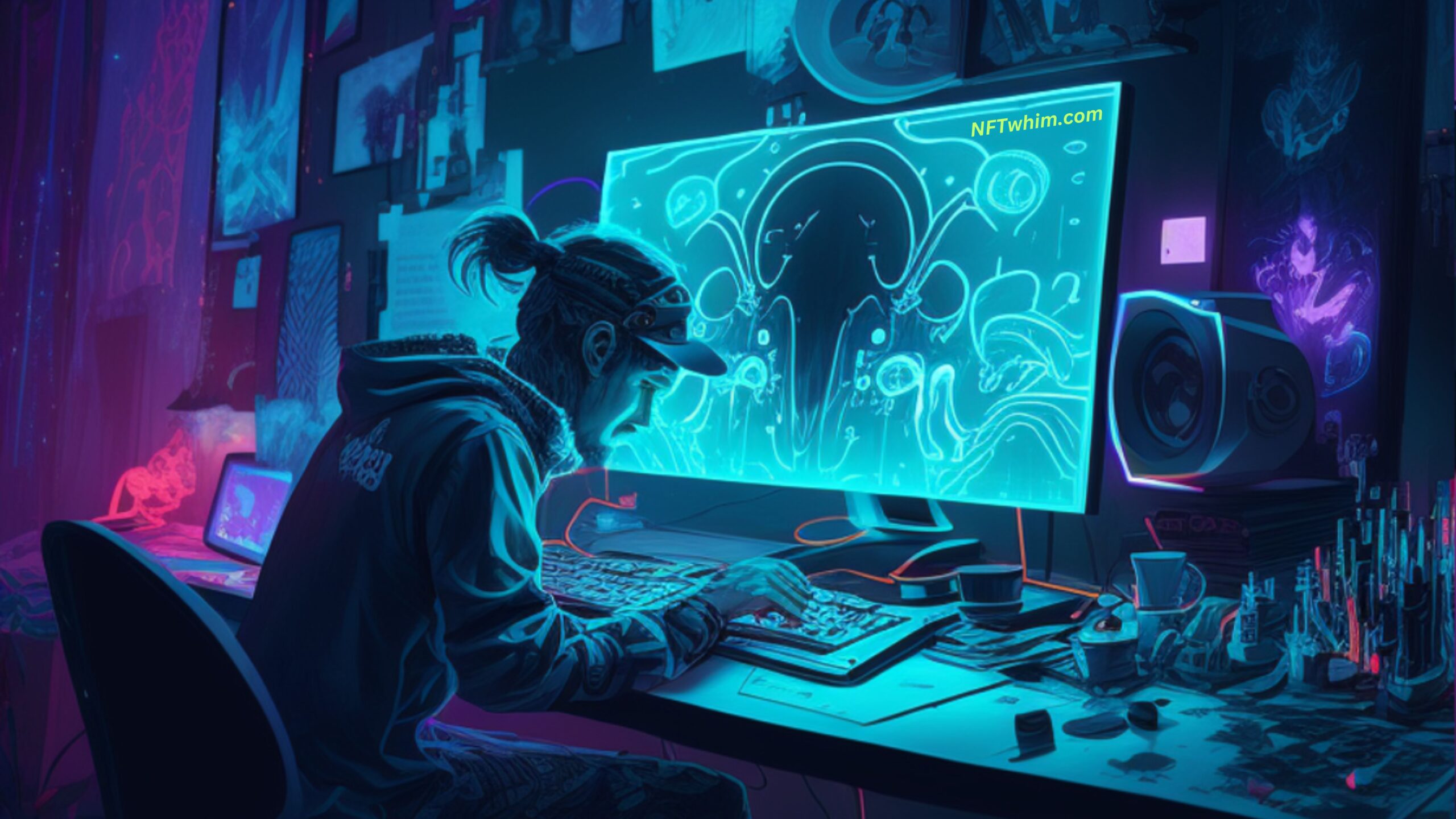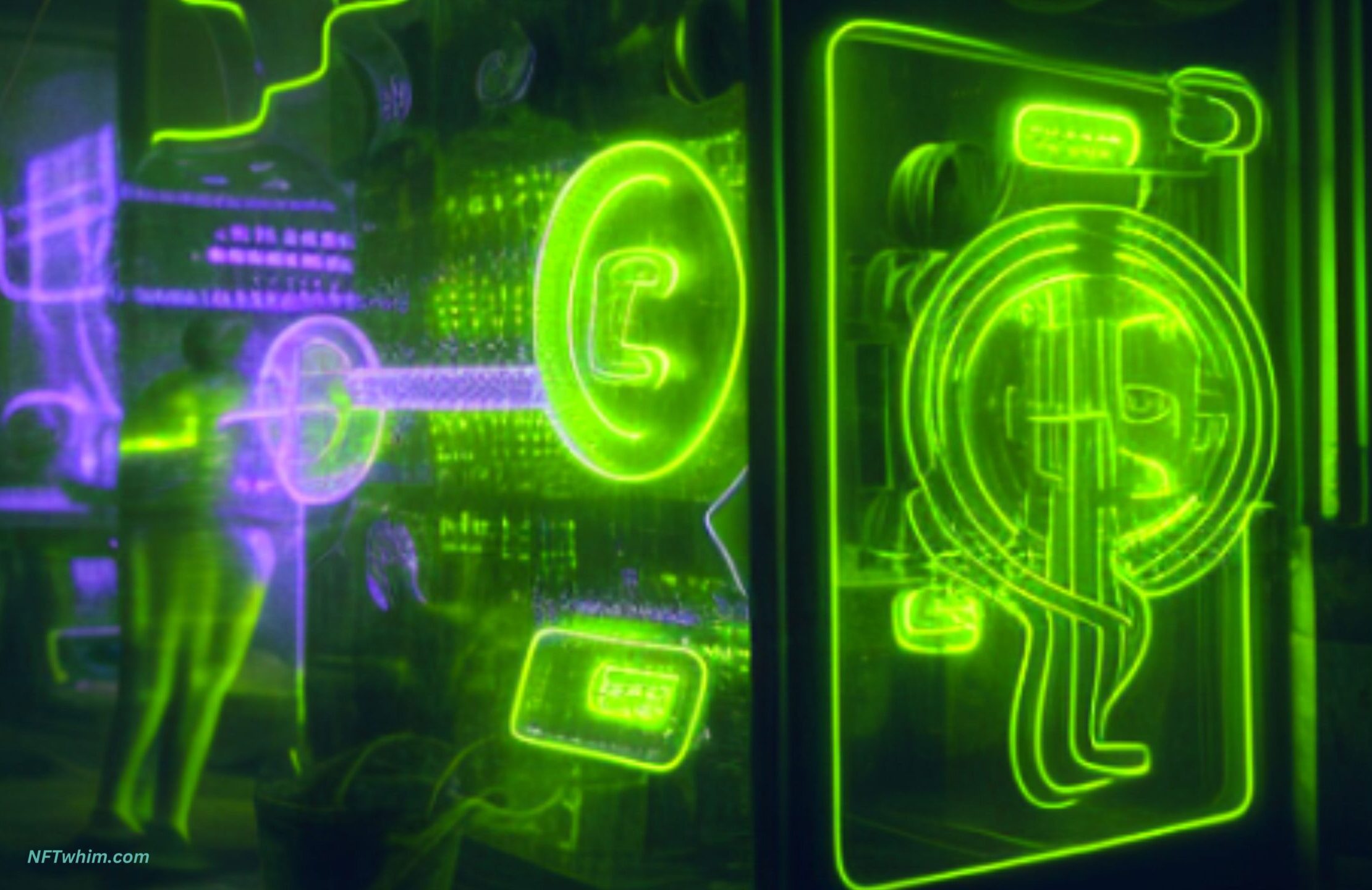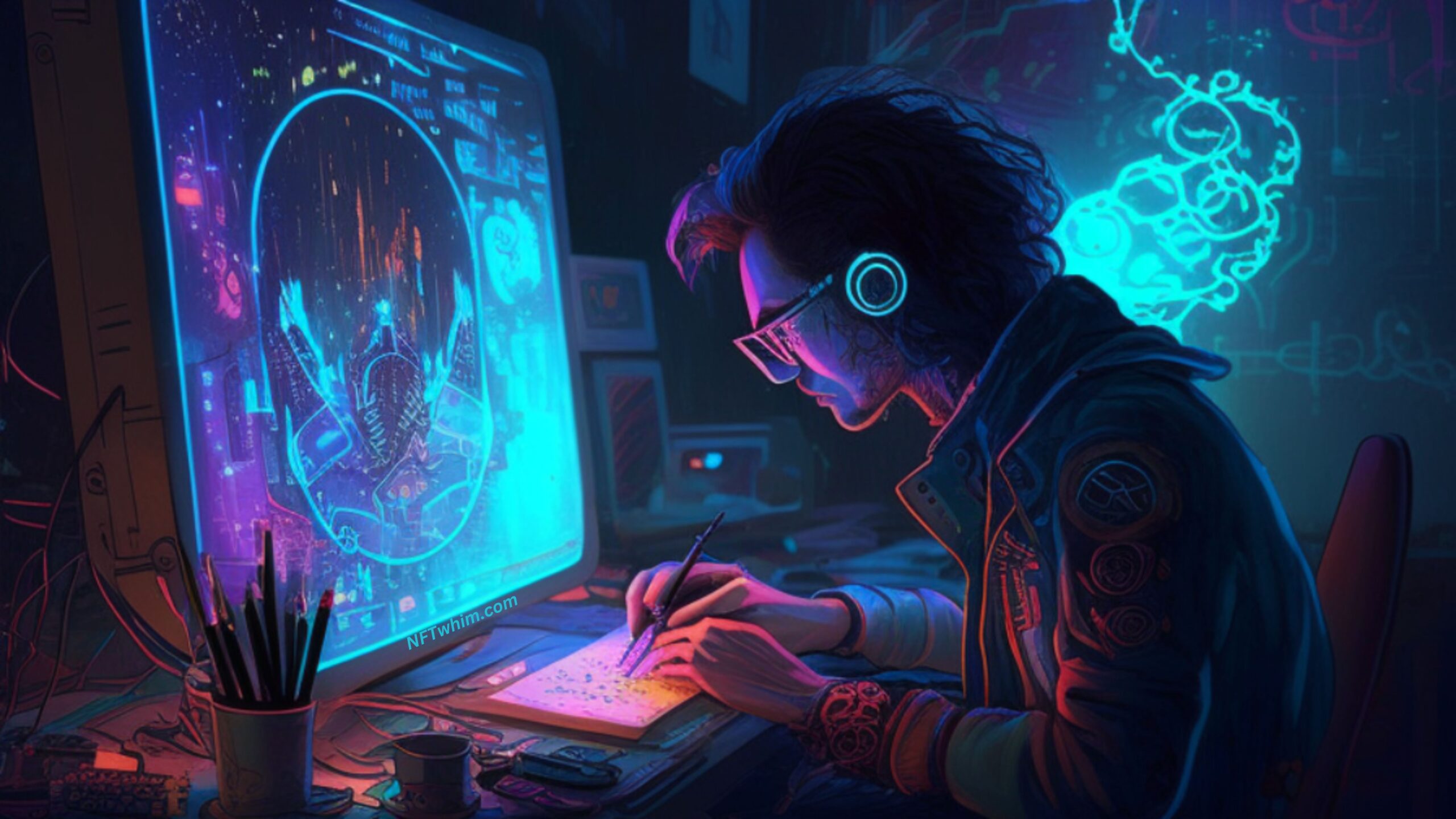Hi there creators and NFT enthusiasts! Are you curious about how to create stop-motion NFTs, and sell them for profit? Well, you’ve come to the right place then! In this guide, we’ll cover the steps involved in creating and selling stop-motion NFTs, from planning and preparation to minting and making the first sale.
To create a stop-motion NFT, you will need to first decide on the subject and storyline of your animation, as well as gather materials and props. Then, you will need to take multiple pictures of your subject or scene with slight adjustments in between each shot. Finally, you can compile the pictures into a video and mint and sell your NFT on a marketplace of your choice.
Ok, but before we dive in to the meat of this guide, let’s just briefly define what we mean by stop-motion NFTs, and why you may want to consider creating and selling them.
What are Stop-Motion NFTs?
Stop-motion animation is a unique and captivating art form that has been around for over a century. From the early days of stop-motion in films like King Kong and Wallace and Gromit, to more recent films like Coraline and Kubo and the Two Strings, this animation style continues to inspire and amaze audiences. And in recent years, stop-motion animation has also gained popularity in the world of NFTs (non-fungible tokens).
NFTs are unique digital assets that are verified on a blockchain. They can represent anything from digital art to music to videos. Stop-motion NFTs are videos that use stop-motion animation techniques, which involve capturing individual frames of an object or character in slightly different positions and then playing those frames back in sequence to create the illusion of movement.
Why Create and Sell Stop-Motion NFTs?
So why create and sell stop-motion NFTs? There are a few reasons. Firstly, stop-motion animation is a unique and engaging art form that can stand out in a crowded NFT marketplace. Secondly, because NFTs are verified on a blockchain, they are unique and can’t be replicated or duplicated. This means that stop-motion NFTs can be sold as rare, one-of-a-kind digital art pieces. Finally, NFTs can be sold for significant sums of money, making them a potentially lucrative form of creative expression.
With that in mind, let’s dive into the steps involved in creating and selling stop-motion NFTs.
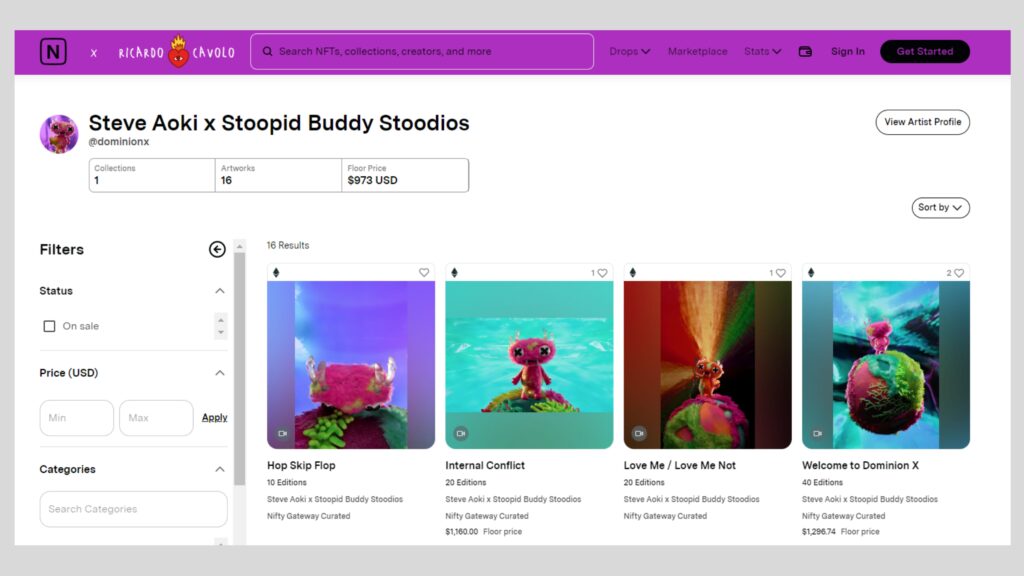
Planning and Preparation of the Stop-Motion NFT creation
The first step in creating a stop-motion NFT is to plan and prepare. This involves conceptualizing your idea, choosing the right materials and equipment, setting up your workspace, creating a storyboard or script, and preparing for the shoot.
Conceptualizing Your Idea
The first step in creating any stop-motion animation is to come up with an idea. This can be anything from a simple object or character moving across the screen to a more complex scene with multiple characters and props. Whatever your idea is, it’s important to keep in mind that stop-motion animation is a time-consuming process, so it’s important to start with something achievable.
Choosing the Right Materials and Equipment
Once you have your idea, it’s time to choose the right materials and equipment. This can include anything from clay and wire to paper and fabric. You’ll also need a camera, tripod, and lighting equipment. There are many different cameras and lighting setups you can use for stop-motion animation, so it’s important to do some research to find what works best for you.
Setting Up Your Workspace
Once you have your materials and equipment, it’s time to set up your workspace. This can be a simple table or desk, or a more complex setup with multiple workstations. It’s important to have a clean and organized workspace, as stop-motion animation involves moving objects and characters around, and you don’t want to accidentally knock something over or lose a piece.
Creating a Storyboard or Script
Before you start shooting, it’s a good idea to create a storyboard or script. This can be a simple sketch or written outline of the scene you want to create. This will help you stay organized and focused during the shoot.
Preparing for the Shoot
Finally, it’s time to prepare for the shoot. This involves setting up your camera and lighting equipment, positioning your objects and characters, and making any final adjustments to your storyboard or script. It’s important to take your time during this stage, as it will make the shooting process much smoother.
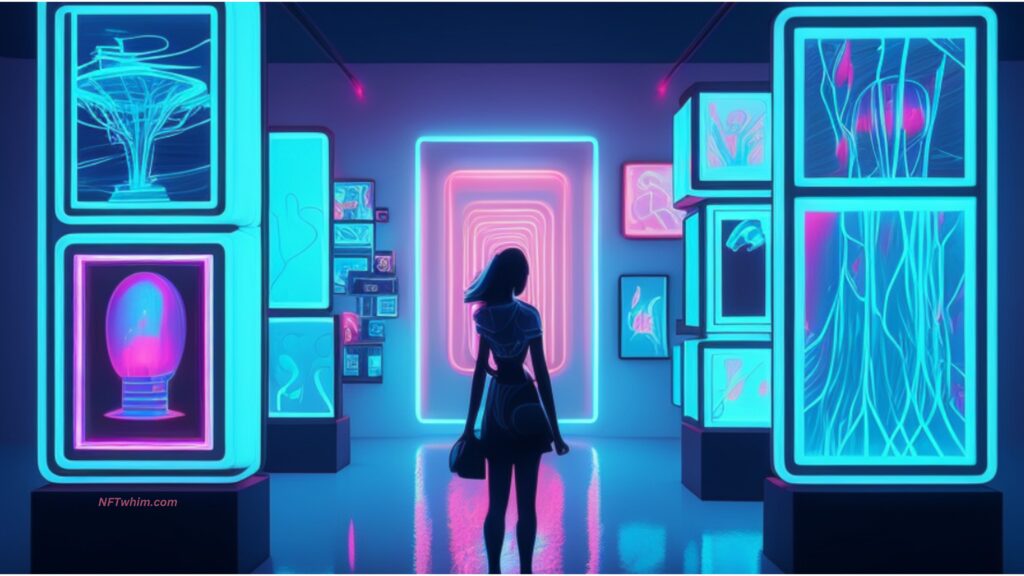
Shooting the Stop-Motion NFT
Once you’ve planned and prepared, it’s time to start shooting your stop-motion NFT. This involves capturing individual frames, managing lighting and camera settings, ensuring smooth movements and transitions, reviewing and adjusting the footage, and exporting the final video.
Capturing Individual Frames
Stop-motion animation involves capturing individual frames of an object or character in slightly different positions and then playing those frames back in sequence to create the illusion of movement. To do this, you’ll need to move your object or character slightly between each frame. It’s important to move your object or character in small increments, as this will create smoother and more realistic movements.
Managing Lighting and Camera Settings
Lighting is an important part of any stop-motion animation. You’ll want to make sure your lighting is consistent throughout the shoot, as changes in lighting can make your animation look jarring or inconsistent. It’s also important to adjust your camera settings, such as shutter speed and aperture, to ensure that your frames are properly exposed and in focus.
Ensuring Smooth Movements and Transitions
Stop-motion animation is all about creating smooth movements and transitions between frames. This can be achieved by moving your objects or characters in small increments, as mentioned earlier, and by taking your time between frames. It’s also important to make sure your movements and transitions are consistent, as this will make your animation look more polished.
Reviewing and Adjusting the Footage
Once you’ve captured all your frames, it’s time to review and adjust the footage. This can be done in any video editing software, such as Adobe Premiere Pro or Final Cut Pro. You’ll want to review your footage frame by frame to make sure everything looks smooth and consistent. You may also need to adjust the timing of certain frames to make sure everything is in sync.
Below is a brief video documenting the process of shooting an NFT stop-motion video, by the body-paint artist Roustan:
Editing and Post-Production
Once you’ve exported your final video, it’s time to move on to editing and post-production. This involves importing your footage into editing software, adjusting colors, contrast, and other settings, adding music and sound effects, creating a title or credits sequence, and exporting the final video in the appropriate format.
Importing the Footage into Editing Software
The first step in editing and post-production is to import your footage into editing software. This can be any video editing software, such as Adobe Premiere Pro or Final Cut Pro. You’ll want to organize your footage into folders and sequences to make it easier to work with.
Adjusting Colors, Contrast, and Other Settings
Once you’ve imported your footage, it’s time to adjust colors, contrast, and other settings. This can be done using color correction and grading tools in your editing software. You’ll want to make sure your colors are consistent throughout the video and that the contrast is balanced.
Adding Music and Sound Effects
Adding music and sound effects is an important part of any stop-motion NFT. This can help create mood and atmosphere, and can add an extra layer of depth to your animation. You can use royalty-free music and sound effects from websites like Epidemic Sound or AudioJungle.
Creating a Title or Credits Sequence
Finally, it’s a good idea to create a title or credits sequence for your stop-motion NFT. This can be a simple title card with your name and the title of the NFT, or a more complex sequence with animation and graphics. This will help give your NFT a professional look and feel.
Exporting the Final Video in the Appropriate Format
Once you’ve finished editing and post-production, it’s time to export the final video in the appropriate format. This will depend on the platform you’re using to sell your NFT. For example, OpenSea accepts MP4, MOV, and WEBM files, while Rarible accepts MP4 and GIF files. You’ll want to make sure you export your video in the appropriate format to avoid any issues when uploading and selling your NFT.
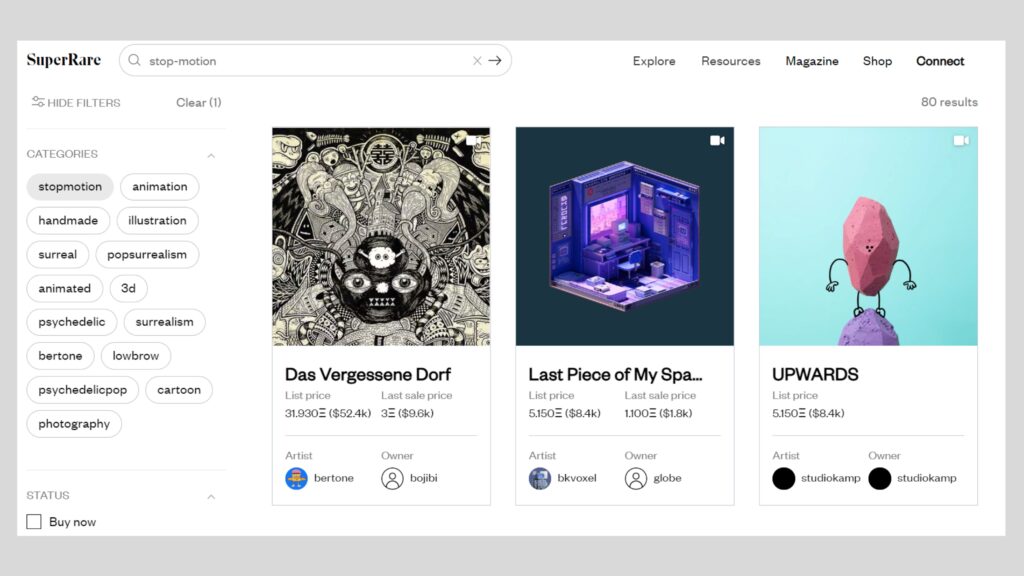
Selling Your Stop-Motion NFT
Now that you’ve created your stop-motion NFT, it’s time to sell it. There are several NFT marketplaces you can use to sell your NFT, including OpenSea, Rarible, and SuperRare. Here’s how to sell your NFT on OpenSea:
Creating an Account on OpenSea
The first step to selling your stop-motion NFT on OpenSea is to create an account. This is a simple process that involves signing up with your email address or connecting with a wallet like MetaMask.
Uploading Your NFT to OpenSea
Once you’ve created an account on OpenSea, you can upload your NFT. To do this, click the “Create” button in the top right corner of the screen, and select “Single” or “Multiple” from the drop-down menu, depending on how many NFTs you want to sell. Then, fill in the details of your NFT, including the title, description, and price.
Setting the Price for Your NFT
Setting the price for your NFT is an important step in selling your stop-motion NFT. You’ll want to do some research to see how other NFTs in your category are priced, and set your price accordingly. You can set your price in ETH or USD, and you can also choose whether to offer your NFT for sale as an auction or a fixed price.
Listing Your NFT for Sale
Once you’ve set the price for your NFT, you can list it for sale on OpenSea. This involves signing a message with your wallet, which verifies that you own the NFT and allows you to transfer ownership to the buyer when the sale is complete.
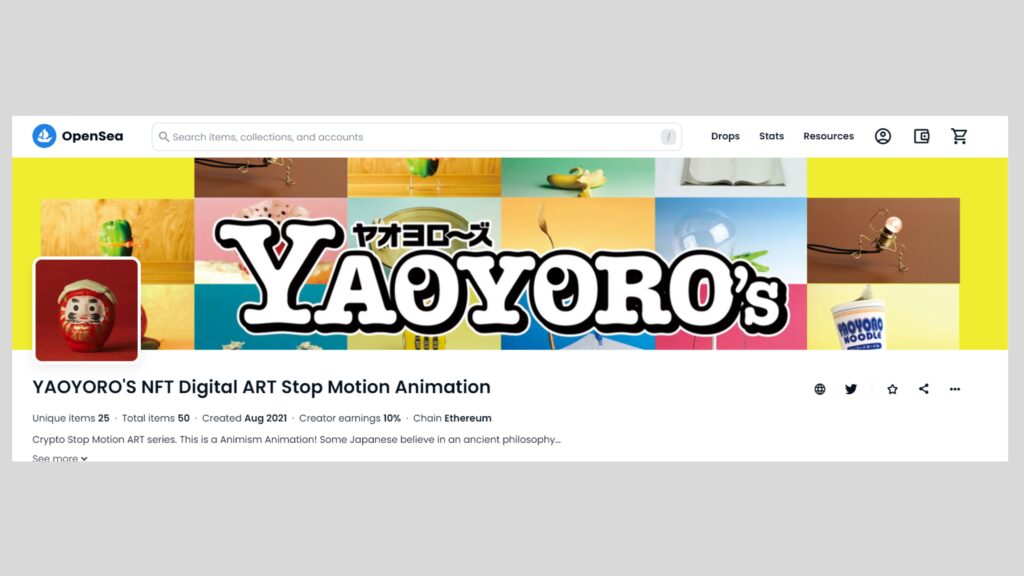
Marketing Your Stop-Motion NFT
Marketing is an important part of selling your stop-motion NFT. Here are some tips for marketing your NFT:
Building a Following on Social Media
Building a following on social media can help you reach potential buyers for your stop-motion NFT. You can use platforms like Twitter, Instagram, and TikTok to share behind-the-scenes footage of your animation process, showcase your other work, and promote your NFT.
Participating in NFT Communities
Participating in NFT communities is a great way to connect with other artists and potential buyers. You can join Discord servers, attend virtual events, and participate in online forums to network and promote your NFT.
Collaborating with Other Artists
Collaborating with other artists is another way to promote your stop-motion NFT. You can team up with other artists to create a series of NFTs or a joint project, which can help you reach new audiences and expand your reach.

Creating Digital Stop-Motion NFTs Without Physical Equipment
Creating a stop-motion NFT doesn’t have to be a complex process involving multiple physical objects or sets. In fact, you can create a stop-motion NFT using just a few digital images that are played after one another.
Here’s how to create a stop-motion NFT using this technique:
Step 1: Plan Your Animation
The first step in creating a simple stop-motion NFT is to plan your animation. Think about what kind of movement or action you want to create, and how you can achieve this using just a few images. For example, you might want to create an animation of a character waving or blinking.
Step 2: Create Your Images
Once you have a plan for your animation, it’s time to create your images. You can use any digital drawing or animation software to create your images, such as Procreate or Adobe Animate. Keep in mind that you’ll need at least two images to create a basic stop-motion animation, but you can use more images to create a smoother and more detailed animation.
Step 3: Import Your Images into a Video Editing Software
After you have created your images, import them into a video editing software like Adobe Premiere or Final Cut Pro. Arrange the images in the order you want them to appear in your animation.
Step 4: Adjust the Timing and Speed of Your Animation
Adjust the timing and speed of your animation by changing the duration of each image in your video editing software. This will determine how quickly your animation plays and how smooth it appears.
Step 5: Export Your Animation as a Video
Once you’re happy with your animation, export it as a video file in the appropriate format for the NFT marketplace you’re planning to sell on. As mentioned earlier, different marketplaces may have different requirements for video formats.
Step 6: Mint and Sell Your NFT
The final step is to mint and sell your stop-motion NFT on a marketplace of your choice. Follow the same steps outlined in the previous section to create an account,
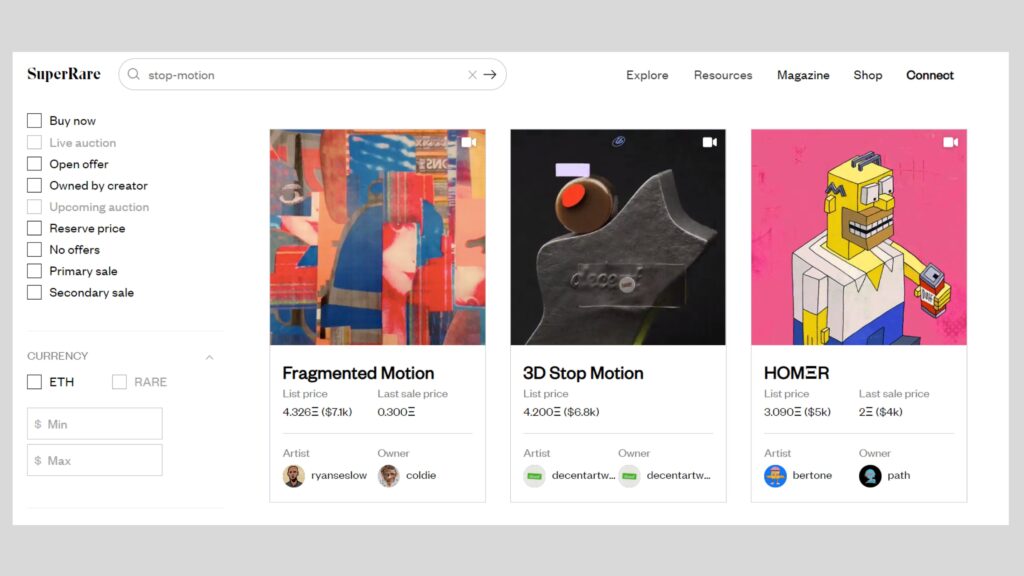
Conclusion
Stop-motion NFTs are a unique and creative way to showcase your skills as an animator and artist. By following these steps, you can create and sell your own stop-motion NFT on platforms like OpenSea, Rarible, and SuperRare. Whether you’re an experienced animator or just starting out, stop-motion NFTs offer endless possibilities for creative expression and financial gain. So, get started today and see where your creativity takes you!
Robin
Author: Robin Olsson
Author Bio: I’m Robin and on this website, I share everything I’ve learned since getting into NFTs in 2021. I have a background in research and I’ve been in crypto for several years. You can read more about me here.
